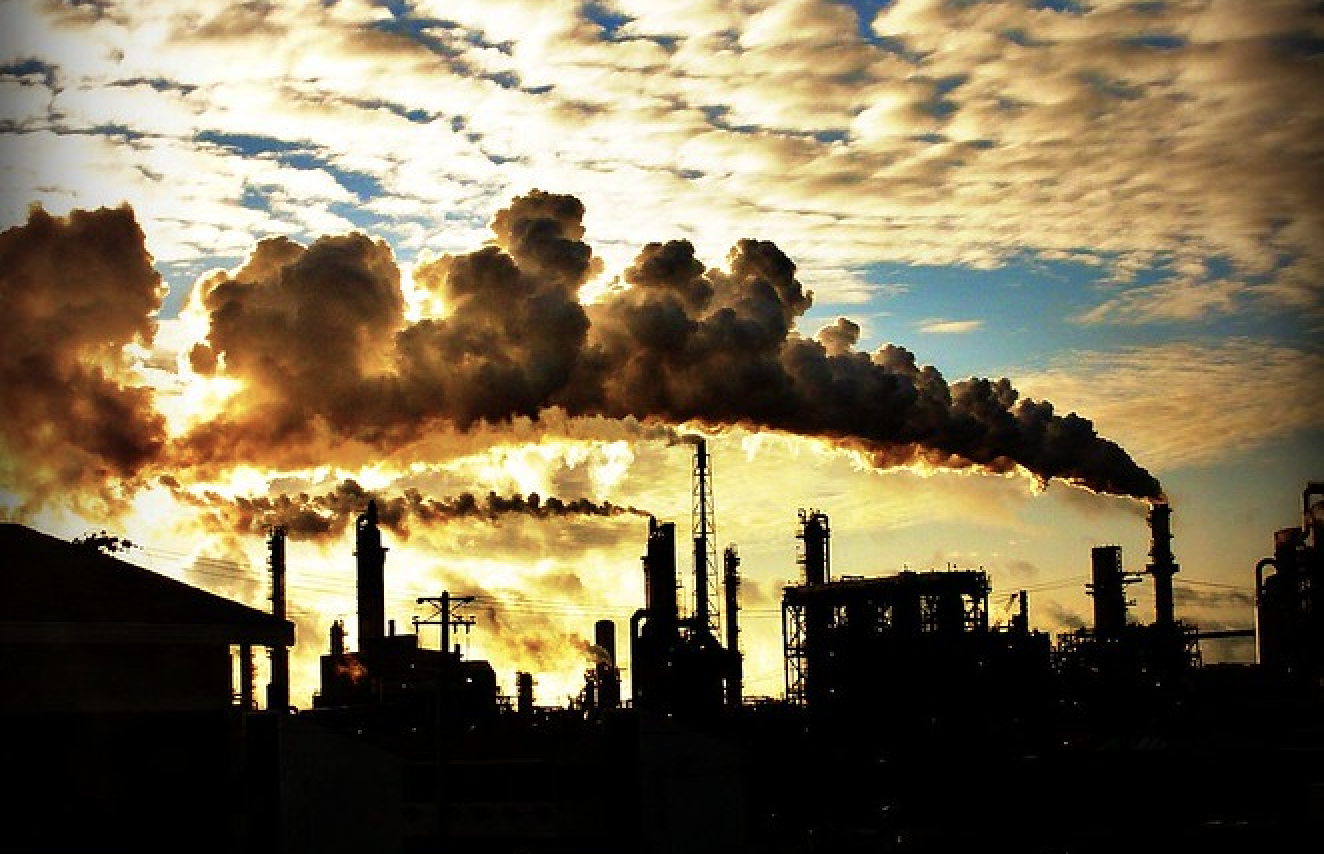
On December 7, during the COP28 climate conference in Dubai, Canada’s federal government released its proposed Regulatory Framework for an Oil and Gas Sector Greenhouse Gas Emissions Cap.
This long-awaited framework outlines the government’s plans for capping greenhouse gas (GHG) emissions from the oil and gas sector – the country’s largest and fastest-growing source of emissions. Promised by Prime Minister Trudeau two years ago, the federal emissions cap will be crucial in Canada’s efforts to meet our national climate targets and reach net-zero by 2050.
Submit your comments on the Framework
The new Framework lays out proposed federal measures to cap emissions from the sector at 35-38% below 2019 levels by 2030. However, the Framework also contains several loopholes (or “compliance flexibilities”) that could allow oil and gas producers to exceed the cap to some extent, meaning that the actual legal cap is just 20-23% below 2019 levels.
Leading climate groups have found that Canada’s “fair share” of global reductions needed to limit warming to 1.5 degrees is 60% below 2005 levels by 2030, and we believe the oil and gas sector emissions cap should reflect that amount. At the very least, oil and gas emissions should be capped in line with Canada’s national target of 40-45% below 2005 levels by 2030.
Let’s be clear: The fact that Canada is moving forward with a cap on oil and gas sector emissions – despite significant pressure from industry lobbyists and obstructive provinces – is an important step for climate action. Let’s also be clear that in order for the cap to do its job, it must be strengthened and implemented quickly, with no further delays.
There’s still time to improve the Framework – and we have an opportunity now to speak up for urgency and greater ambition as the government moves to introduce draft regulations in 2024.
So how does this proposed Framework stack up?
As we’ve written previously, to be effective, a strong and fair emissions cap must meet the criteria listed below. Here's how this proposed Framework stacks up:
- Be implemented through a cap and trade system ✅
- Have an ambitious trajectory ❌
- Apply to all oil and gas facilities ❌
- Apply to all emissions ✅
- Avoid providing loopholes and free rides ❌
While the proposed Framework appears to meet two of those criteria, it does not reflect the ambitious emissions reductions that are needed for the industry to do its fair share in the fight against climate change. Plus, the “compliance flexibilities” embedded in the Framework create gaps and loopholes that could seriously undermine the effectiveness of the emissions cap. While the cap will apply to liquefied natural gas facilities (which is good), the fact that it will not apply to refineries and downstream distribution is a further weakness.
To read more about our analysis of the Framework, including the constitutionality of the emissions cap, see here.
After repeated delays, this much-needed Framework is already coming late in the game. According to the government’s proposed timeline, the draft regulations won’t be released until May 2024 and the cap is not likely to be in place until 2026 or even later.
Canadians across the country have demonstrated support for this important policy to ensure we meet our climate goals, and we can’t afford to wait any longer.
Take action
The federal government is accepting public input on the Emissions Cap Framework until February 5, 2024.
Please take a moment to share your views and urge decision-makers to strengthen the proposed Framework, close loopholes, and release draft regulations as soon as possible.
Update: This submission tool has now been archived, as the deadline for comments has passed.
Photo credit: Pete Williamson (Flickr Creative Commons)